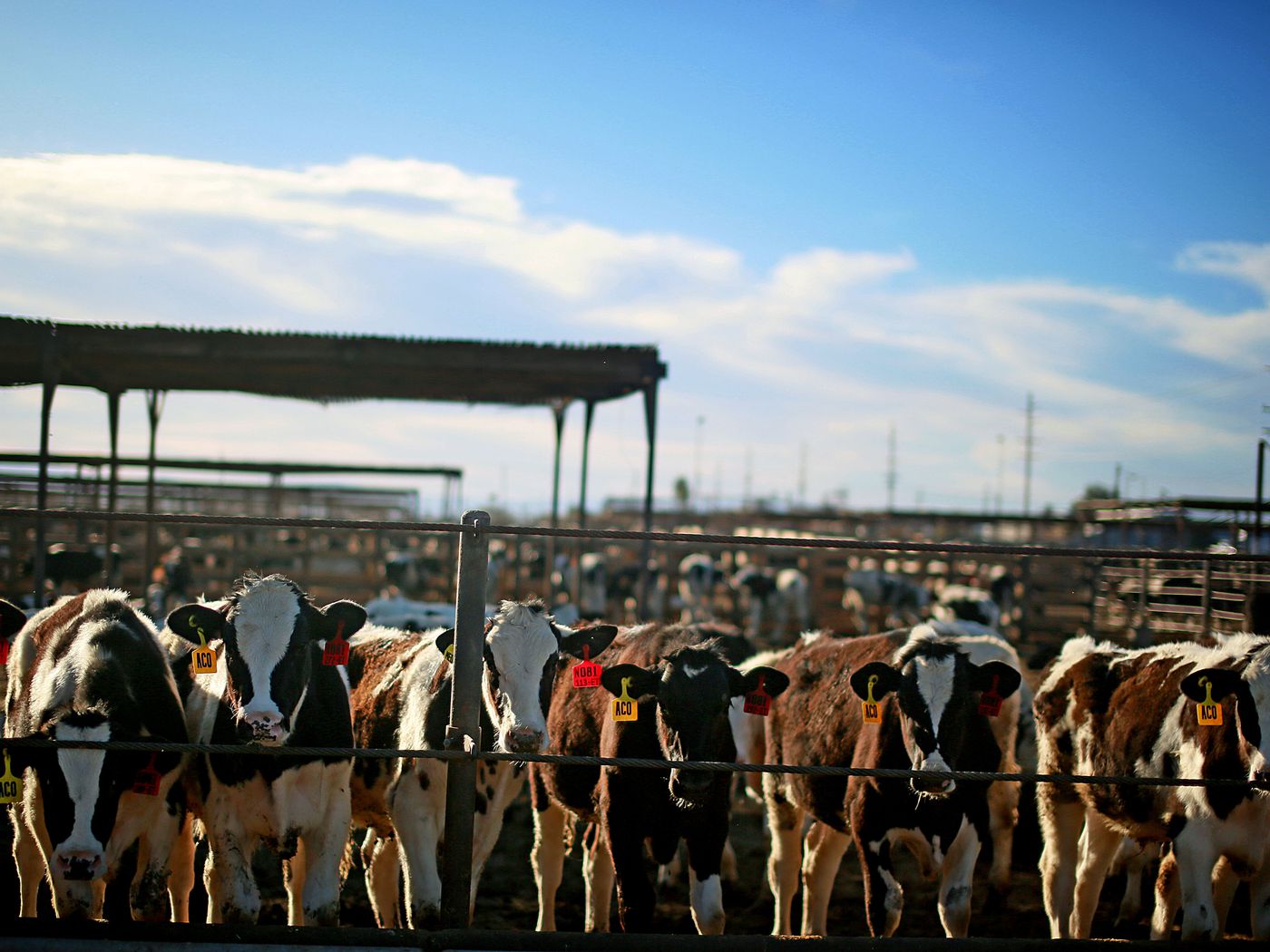
Animal Husbandry: Evolution from Past to Present
Introduction:
Animal husbandry, the science and practice of breeding, caring for, and managing livestock, has been an integral part of human civilization for thousands of years. From the domestication of animals in ancient times to the modern-day livestock industry, the evolution of animal husbandry reflects advancements in agriculture, technology, and human-animal relationships. In this blog, we’ll explore the journey of animal husbandry from the past to the present, examining key milestones, practices, and innovations that have shaped the industry over time.
1. Domestication of Animals:
The history of animal husbandry can be traced back to the domestication of animals by early human societies, which began around 10,000 years ago in the Neolithic era. Nomadic hunter-gatherer societies transitioned to settled agricultural lifestyles, leading to the selective breeding and management of animals for food, labor, and companionship.
The domestication of animals such as cattle, sheep, goats, pigs, and chickens provided humans with a stable source of food, clothing, and raw materials, enabling the development of sedentary communities, agricultural economies, and complex civilizations. Animals were used for tasks such as plowing fields, pulling carts, and transporting goods, enhancing agricultural productivity and enabling humans to cultivate larger areas of land.
2. Traditional Husbandry Practices:
Throughout history, animal husbandry practices varied widely across cultures, regions, and time periods, reflecting the diversity of agricultural systems, environmental conditions, and social norms. Traditional husbandry practices involved methods such as rotational grazing, herding, and transhumance, where animals were moved seasonally between pastures to optimize forage availability and minimize environmental impact.
Additionally, traditional husbandry techniques often incorporated indigenous knowledge, cultural practices, and community cooperation, fostering sustainable relationships between humans, animals, and the environment. These practices contributed to the resilience and adaptability of agricultural systems, enabling communities to thrive in diverse and often challenging environments.
3. Industrialization and Intensification:
The Industrial Revolution of the 18th and 19th centuries brought significant changes to animal husbandry, as traditional farming practices gave way to mechanization, specialization, and intensification. Advances in technology, such as the invention of steam power, machinery, and synthetic fertilizers, revolutionized agricultural production and transformed the scale and scope of livestock farming.
Industrialized farming systems emerged, characterized by large-scale confinement operations, factory farms, and intensive production methods aimed at maximizing efficiency, productivity, and profitability. These systems often prioritize economies of scale, input efficiency, and output maximization, leading to concerns about animal welfare, environmental degradation, and food safety.
4. Technological Innovations:
In recent decades, technological innovations have revolutionized animal husbandry, enabling farmers to monitor, manage, and optimize every aspect of livestock production. From precision farming and data analytics to genetic engineering and biotechnology, modern technologies offer unprecedented opportunities to improve efficiency, sustainability, and animal welfare in agriculture.
For example, precision farming technologies such as GPS tracking, remote sensing, and automated monitoring systems allow farmers to optimize feed efficiency, manage grazing patterns, and monitor animal health in real-time. Additionally, genetic advancements such as selective breeding, embryo transfer, and gene editing enable farmers to enhance desirable traits such as disease resistance, growth rates, and milk production in livestock populations.
5. Sustainable and Ethical Practices:
In response to growing concerns about environmental sustainability, animal welfare, and public health, there is a growing movement towards sustainable and ethical practices in animal husbandry. Sustainable agriculture initiatives such as organic farming, agroecology, and regenerative agriculture prioritize ecological stewardship, biodiversity conservation, and soil health, promoting resilient and adaptive farming systems that benefit both people and the planet.
Similarly, ethical farming practices such as pasture-based systems, free-range farming, and humane treatment standards prioritize animal welfare, providing animals with access to natural environments, social interactions, and behavioral enrichment. These practices aim to minimize stress, suffering, and confinement in livestock production, fostering healthier and happier animals while meeting consumer demand for ethically produced food products.
Conclusion:
The evolution of animal husbandry from the past to the present reflects the dynamic interplay between human ingenuity, technological innovation, and changing societal values. From the domestication of animals by early human societies to the industrialization of farming in the modern era, the journey of animal husbandry has been shaped by cultural, environmental, and economic factors.
Moving forward, the future of animal husbandry lies in embracing sustainable and ethical practices that prioritize animal welfare, environmental stewardship, and social responsibility. By integrating traditional knowledge with modern technologies, fostering collaboration and knowledge-sharing, and promoting transparency and accountability throughout the supply chain, we can create a more resilient, equitable, and sustainable food system that nourishes both people and the planet.

